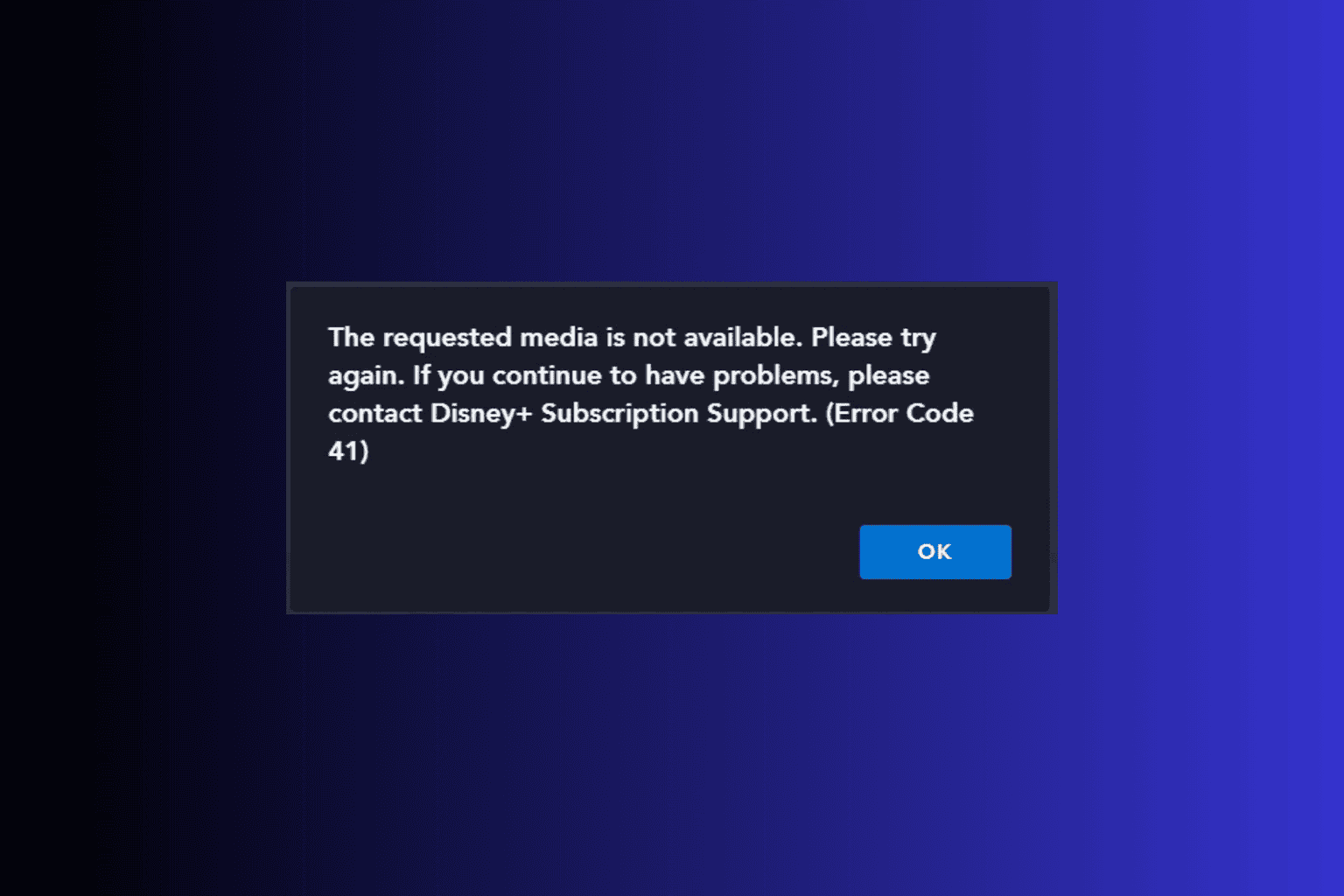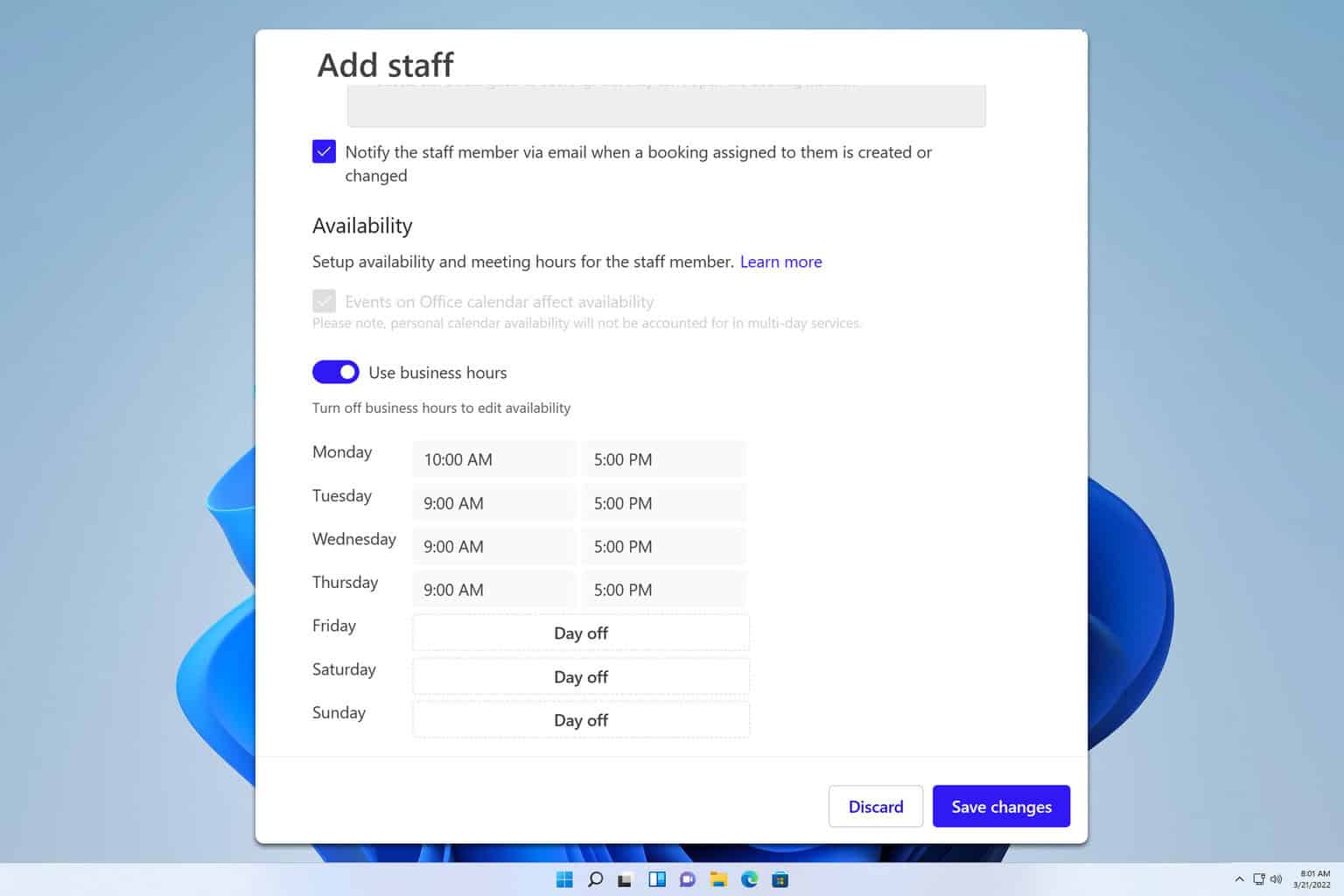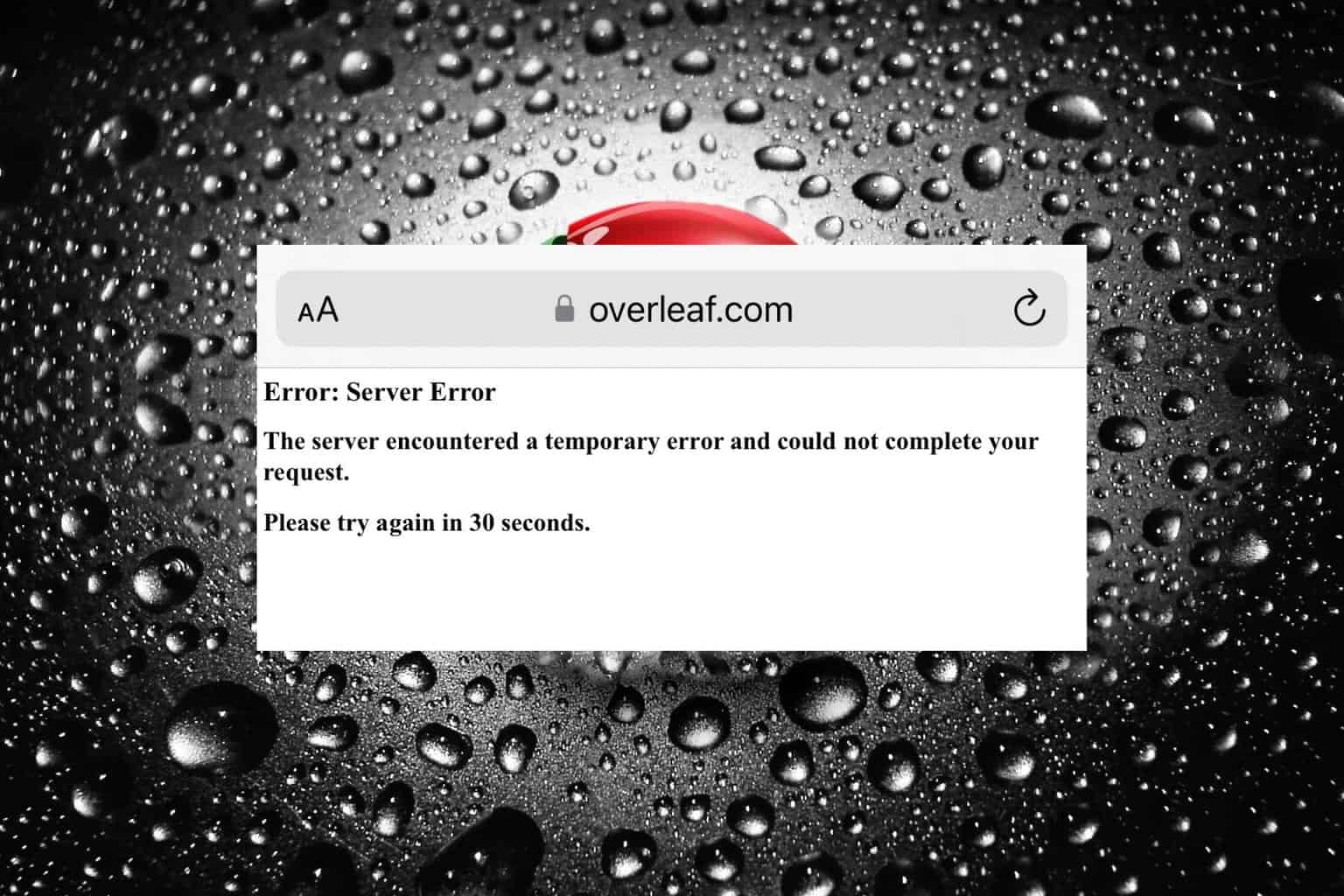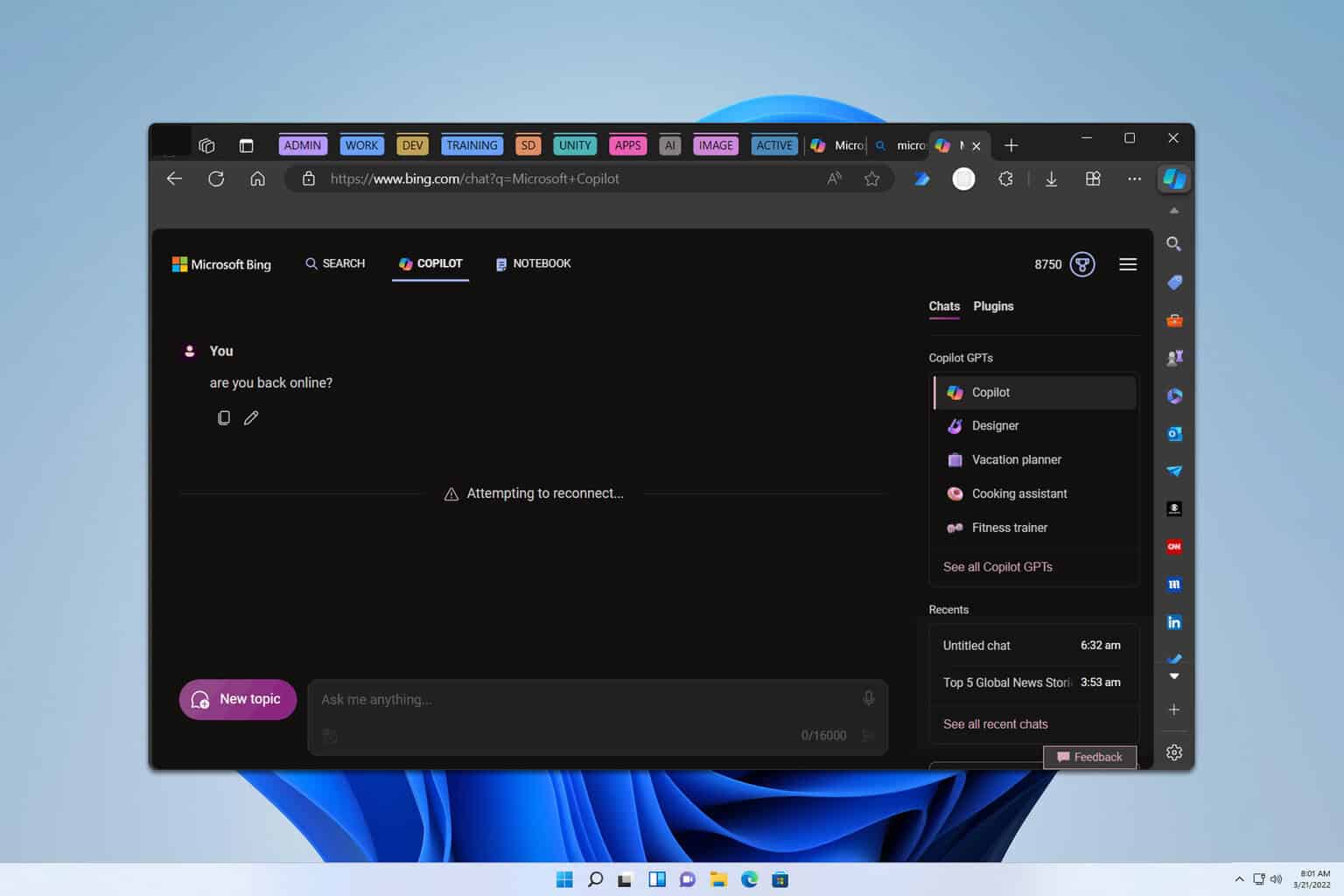Fix: Upstream Connect Error or Disconnect/Reset Before Headers
This is due to a connection issue between the client and the server
4 min. read
Published on
Read our disclosure page to find out how can you help Windows Report sustain the editorial team. Read more

Dealing with the upstream connect error or disconnect/reset before headers issues can be quite frustrating. The message indicates that the connection between the client and the server was closed before the server could send a response. This issue can occur in different scenarios, but it usually applies in programming situations.
How do I fix the Upstream connect error or Disconnect/Reset Before Headers?
1. Check your firewall settings
- Open the firewall settings on your cloud platform:
- For Azure, you can find this under Network Security.
- For GCP, it’s typically under VPC Network > Firewall Rules.
- For AWS, go to the Security Groups settings.
- Locate the firewall rule for your container or VM:
- Look for inbound rules allowing traffic.
- Ensure the correct ports are open:
- Typically, you need to open ports like 80 (HTTP), 443 (HTTPS), or any custom port your app uses (e.g., 6001 for Kestrel).
- Add rules if necessary:
- Add a rule to allow inbound traffic on the necessary ports and assign it to the appropriate network interface.
This solution ensures that your app can receive traffic from external sources by having the proper firewall rules configured.
2. Update Istio Gateway and VirtualService configuration
- Check your Gateway and VirtualService configurations:
- Open your Istio configuration files (gateway.yaml, virtualservice.yaml).
- Verify port configurations:
- Ensure the ports defined in your Gateway match the ports exposed by your services.
- Example for Gateway:
apiVersion: networking.istio.io/v1alpha3 kind: Gateway metadata: name: my-gateway namespace: istio-system spec: selector: istio: ingressgateway servers: - port: number: 443 name: https protocol: HTTPS tls: mode: SIMPLE credentialName: "my-credential" hosts: - "my-host.example.com"
- Check VirtualService routes:
- Ensure your VirtualService has the correct route configuration.
- Example for VirtualService:
apiVersion: networking.istio.io/v1alpha3 kind: VirtualService metadata: name: my-service spec: hosts: - "my-host.example.com" gateways: - my-gateway http: - route: - destination: host: my-service port: number: 443
By ensuring that your Gateway and VirtualService configurations are correct and match your service requirements, you can avoid connectivity issues. Also, make sure that you are using the correct yaml file.
3. Check pod and service naming and port configuration
- Check your Kubernetes Service configuration:
- Ensure the ports defined in your Service match the ports your application exposes.
- Example:
apiVersion: v1 kind: Service metadata: name: my-service spec: selector: app: my-app ports: - protocol: TCP port: 443 targetPort: 8080 name: https
- Update your deployment’s container port:
- Ensure the container definition in your deployment YAML exposes the correct port.
- Example:
apiVersion: apps/v1 kind: Deployment metadata: name: my-app spec: replicas: 1 selector: matchLabels: app: my-app template: metadata: labels: app: my-app spec: containers: - name: my-container image: my-image ports: - containerPort: 8080
Correctly configuring your Service and Deployment ensures that Istio can correctly route traffic to your pods, avoiding connection errors.
4. Check resource allocation and node health
- Check node resource allocation:
- Ensure your Kubernetes nodes have adequate resources (CPU, memory) allocated.
- You can check node resource usage using kubectl top nodes and kubectl describe node <node-name>.
- Add more nodes or increase the resources of existing nodes if they are under heavy load.
- Restart the affected pods:
- Restart your application pods to clear any potential memory leaks or resource allocation issues.
- Use
kubectl rollout restart deployment <deployment-name>
- Monitor node health via your cloud provider’s monitoring tools (CloudWatch for AWS, Cloud Monitoring for GCP, or Azure Monitor).
Ensuring your nodes have sufficient resources and are healthy helps prevent downtime and connection errors due to resource constraints.
5. Use the correct protocol and security settings
- Check protocol settings:
- Ensure you’re using the correct protocol (HTTP/HTTPS) in your configurations.
- Update Dockerfile or environment variables to expose the correct ports.
- Set environment variables correctly:
- Example for Dockerfile:
FROM mcr.microsoft.com/dotnet/aspnet:5.0 EXPOSE 80 ENV ASPNETCORE_URLS=http://+:80
- Example for Dockerfile:
- Adjust ASP.NET Core/Kestrel settings:
- Ensure Kestrel is set to listen on the correct ports.
- Example in
Program.cs:public class Program { public static void Main(string[] args) { CreateHostBuilder(args).Build().Run(); } public static IHostBuilder CreateHostBuilder(string[] args) => Host.CreateDefaultBuilder(args) .ConfigureWebHostDefaults(webBuilder => { webBuilder.UseStartup<Startup>() .UseUrls("http://+:80"); }); }
Correct protocol and port configuration ensure your application is accessible as expected, avoiding the disconnect/reset error.
By following these solutions, you can troubleshoot and resolve the upstream connect error or disconnect/reset before headers error in your Kubernetes and Istio environments. Always remember to monitor your configurations and resource allocations to prevent future issues.
For any other questions or suggestions, scroll down to the comments section.








User forum
0 messages